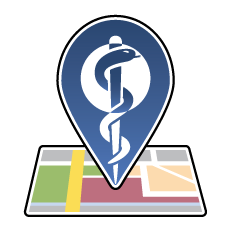Social: #NoTobacco #WNTD2021 #WorldNoTobaccoDay
Twitter: @WHO
Instagram: @who
Facebook: @WHO
Website: https://www.who.int/campaigns/world-no-tobacco-day/world-no-tobacco-day-2021
This yearly celebration informs the public on the dangers of using tobacco, the business practices of tobacco companies, what WHO is doing to fight the tobacco epidemic, and what people around the world can do to claim their right to health and healthy living and to protect future generations.
The Member States of the World Health Organization created World No Tobacco Day in 1987 to draw global attention to the tobacco epidemic and the preventable death and disease it causes. In 1987, the World Health Assembly passed Resolution WHA40.38, calling for 7 April 1988 to be a "a world no-smoking day." In 1988, Resolution WHA42.19 was passed, calling for the celebration of World No Tobacco Day, every year on 31 May.
Facts about tobacco, heart and other cardiovascular diseases
Cardiovascular diseases (CVD) kill more people than any other cause of death worldwide, and tobacco use and second-hand smoke exposure contribute to approximately 17% of all heart disease deaths. Tobacco use is the second leading cause of CVD, after high blood pressure.
The global tobacco epidemic kills more than 7 million people each year, of which close to 900 000 are non-smokers dying from breathing second-hand smoke. Nearly 80% of the more than 1 billion smokers worldwide live in low- and middle-income countries, where the burden of tobacco-related illness and death is heaviest.
The WHO MPOWER measures are in line with the WHO Framework Convention on Tobacco Control (WHO FCTC) and can be used by governments to reduce tobacco use and protect people from NCDs. These measures include:
Monitor tobacco use and prevention policies;
Protect people from exposure to tobacco smoke by creating completely smoke-free indoor public places, workplaces and public transport;
Offer help to quit tobacco (cost-covered, population-wide support, including brief advice by health care providers and national toll-free quit lines);
Warn about the dangers of tobacco by implementing plain/standardized packaging, and/or large graphic health warnings on all tobacco packages, and implementing effective anti-tobacco mass media campaigns that inform the public about the harms tobacco use and second-hand smoke exposure.
Enforce comprehensive bans on tobacco advertising, promotion and sponsorship; and
Raise taxes on tobacco products and make them less affordable.

